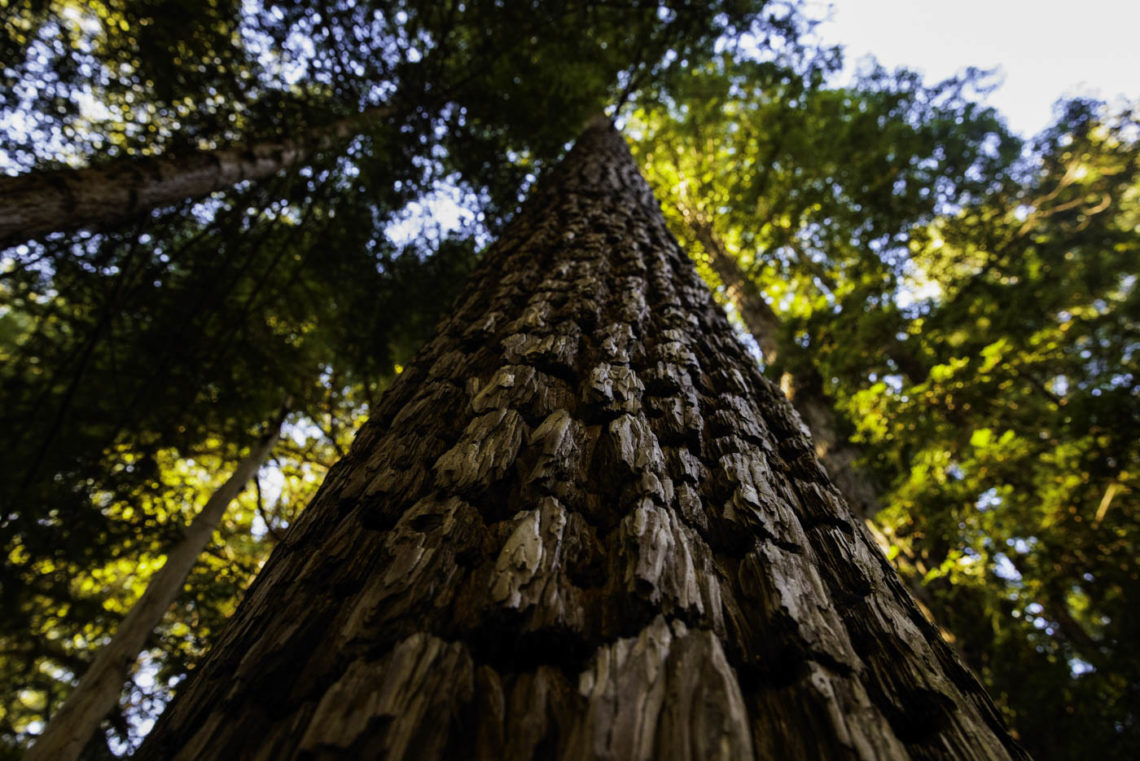
Key Facts
- Lost Coast Redwoods is a 3,181-acre property in the Lost Coast region of northern Mendocino County.
- It is within the traditional territories of the Sinkyone, Cahto, and Coast Yuki peoples.
- The property starts west of Rockport and extends north to Shady Dell, a League-owned coastal forest abutting Sinkyone Wilderness State Park.
- Lost Coast Redwoods has 2,250 acres of second-growth coast redwood forest, including large trees ranging in age from 80 to 100 years, and old-growth trees scattered throughout.
- The property includes 5 miles of coast.
- The property is adjacent to Double Cone Rock State Marine Conservation Area.
- The property has been owned and managed by Soper Company since 1963.
- The company calls the property DeVilbiss Ranch.
- The property was first logged by a past owner in the 1880s.
- The property is zoned for timber and agricultural management.
- The land and streams provide high-quality wildlife habitat.
- The place provides habitat for Endangered Species Act-listed species:
- Northern spotted owl
- Marbled murrelet
- Pacific fisher
- Coho salmon
- Steelhead trout
- The place is also home to:
- Roosevelt elk
- Bear
- Mountain lion
- Cottaneva and Dunn Creeks have been identified by the California Department of Fish and Wildlife as critical habitat for spawning and rearing juvenile fish. The streams also support other plant and animal species of special concern:
- Seaside bittercress
- Whitney’s farewell to spring
- Point Reyes horkelia
- Foothill yellow-legged frog
- Pacific tailed frog
- Southern torrent salamander
- The place provides habitat for Endangered Species Act-listed species:
- The purchase price for the property is $36.9 million. The estimated total cost for acquisition and stewardship is $43.4 million.